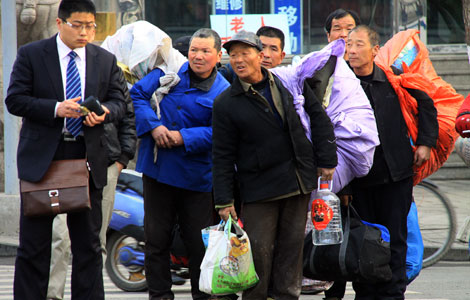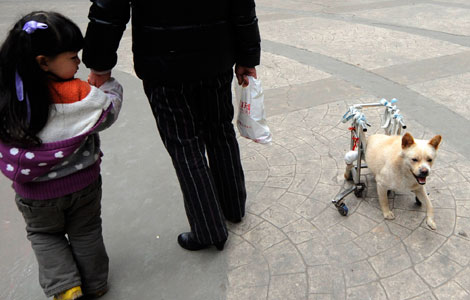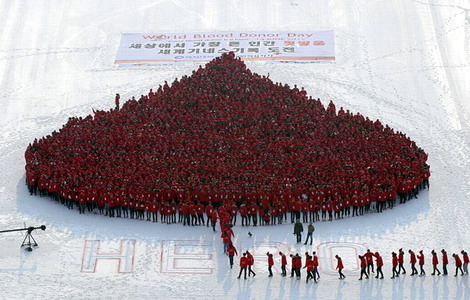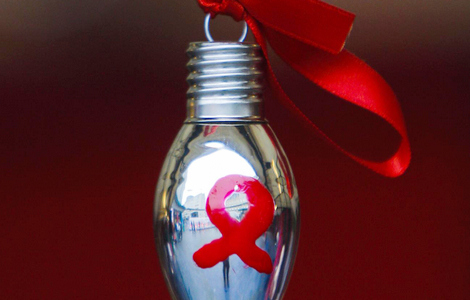Pollution levels to classify farmland for production
Updated: 2012-02-25 08:50
By Jin Zhu (China Daily)
|
|||||||||
BEIJING - Farmland in China will soon be classified by levels of pollution so guidelines can be set as to what can and cannot be grown in certain areas.
All the producing areas will be labeled as forbidden, limited or suitable for producing certain varieties of agricultural products based on the results of the investigation, said Mei Xurong, head of the Institute of Environment and Sustainable Development in Agriculture under the Chinese Academy of Agricultural Sciences.
"The challenges that the country faces in regard to guaranteeing the safety of agricultural products and public health are unprecedented," Mei told China Daily in an interview.
Standards on pollution discharges will differ according to the function of the producing areas. Those with heavy-metal pollution, for example, will be banned from planting vegetables, he said.
No date was set for the release of the investigation.
The move reflects growing government recognition of food safety as more pollutants are used in agricultural production due to the rapid development of modern agriculture and urbanization.
Following a pledge to realize grain self-sufficiency, China in the 1990s boosted its modernization of farming, which relies heavily on chemicals and large-scale mechanization.
Last year, for instance, the country's grain output grew by 4.5 percent to reach 571 million metric tons, with nearly 60 percent of the total grain output increase coming from Northeast China, where industrialized agriculture produces high yields.
However, scandals about agricultural products being contaminated by pesticide residue have frequently hit the headlines in recent years.
In 2010, isocarbophos - a highly toxic pesticide banned from use on fruit, tea, tobacco, vegetables and herbal plants - was detected on Hainan-grown cowpeas sold in several provinces across the country.
"It's a vicious circle," Mei said. "Harvests of agricultural products relied heavily on chemical input, which triggered an increase in plant disease. Then, more such input is needed."
Since 2007, China has used more than 50 million metric tons of chemical fertilizers every year, four times the amount in the 1980s, National Bureau of Statistics figures show.
It is now the world's largest user of chemical fertilizers.
Another 1.3 million metric tons of pesticides are also used in the country annually, with usage per unit area 2.5 times the global average, according to the Chinese Academy of Agricultural Sciences.
Similar problems triggered by modernized farming have also appeared in developed countries. In the United States, for example, some scientists are concerned over the massive use of weed killer they say poses risks to reproductive health.
Public health is also affected by contaminated agricultural products planted on land polluted by the chemical industry, said Mei, adding that the situation is partly due to limited land resources in the country.
Another alarming threat to the country's agricultural producing areas is the great damage caused by the growing invasion of exotic species, professionals said.
At present, more than half of the world's top 100 dangerous exotic species are in China, according to the International Union for Conservation of Nature.
The total annual economic losses in China by the invasion of exotic agricultural species, such as potato beetles, exceed 84 billion yuan ($13.3 billion), figures from the Chinese Academy of Agricultural Sciences showed.
"More species have been introduced into China with the rapid development of world trade, tourism and transportation," said Jiang Gaoming, an Institute of Botany researcher at the Chinese Academy of Sciences.
"But government authorities should be more cautious when dealing with such imports since many potential risks of the exotic species to the country's ecological environment are unknown," he said.
Related Stories
Protection of farmland to be reviewed 2011-08-04 07:39
China faces challenge of farmland protection 2011-12-28 20:58
China to build more quality farmland: official 2011-04-15 20:10
Hot Topics
Wu Ying, iPad, Jeremy Lin, Valentine's Day, Real Name, Whitney Houston, Syria,Iranian issue, Sanyan tourism, Giving birth in Hong Kong, Cadmium spill, housing policy
Editor's Picks

|

|

|

|

|

|







